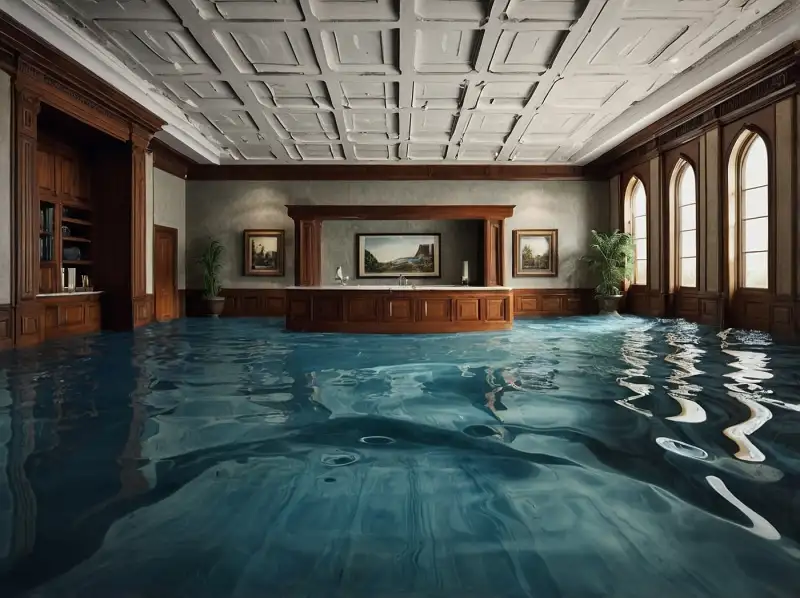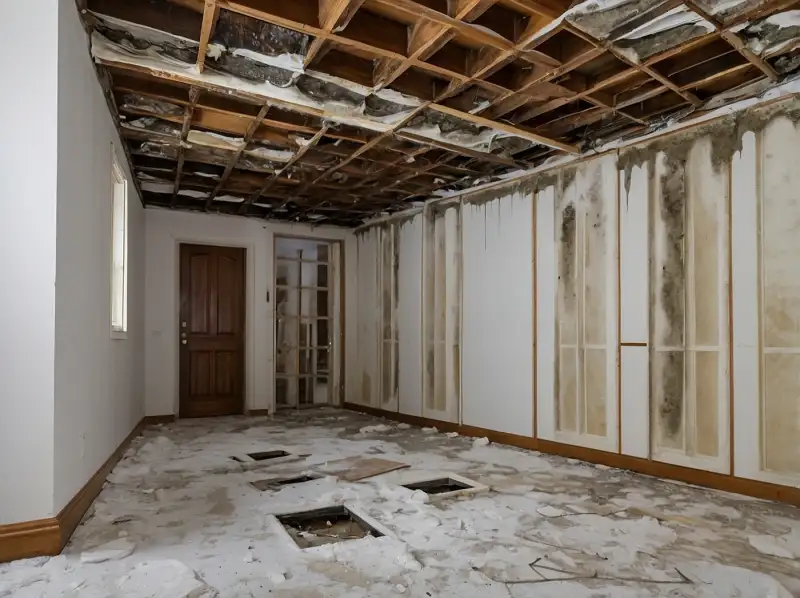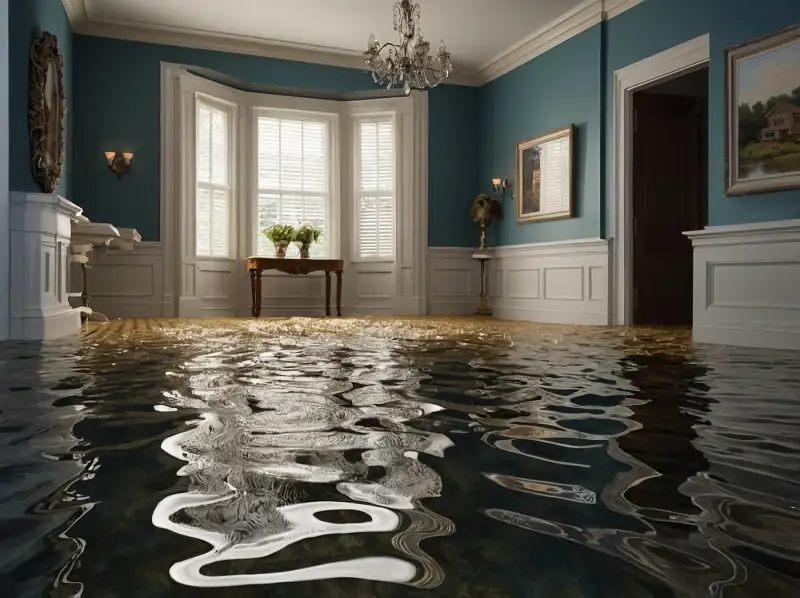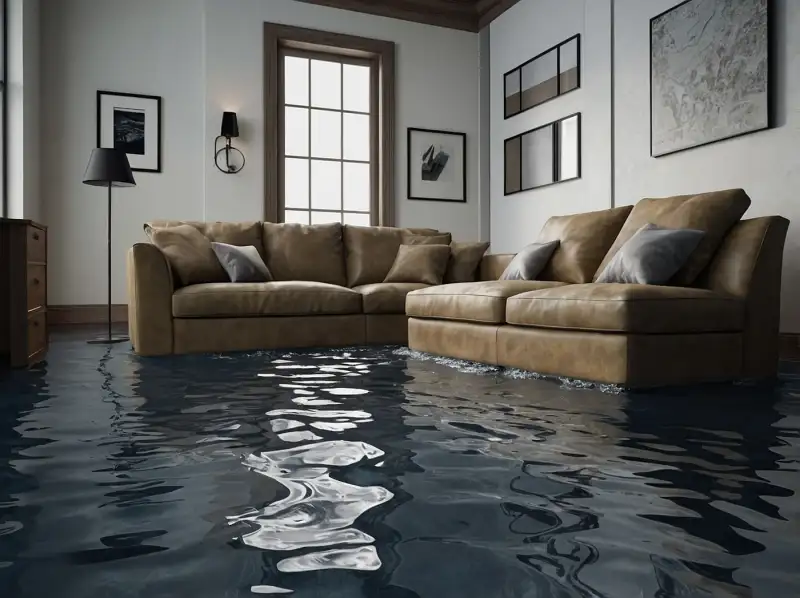
28
Aug
Expert Water Damage Restoration in Minneapolis: A Complete Guide
Water damage can be a homeowner’s worst nightmare, and for residents in Minneapolis, understanding how to tackle this issue is crucial. Whether it’s due to a burst pipe, heavy rains, or a leaky roof, knowing the ins and outs of water damage restoration can save you time, money, and stress. Let’s dive into what water damage restoration entails and how you can protect your home.
Common Causes of Water Damage in Minneapolis
In Minneapolis, the most prevalent causes of water damage often include:
- Heavy Rainfall: With our fluctuating weather patterns, heavy rains can lead to flooding, particularly in areas near the Mississippi River.
- Frozen Pipes: The frigid winters we experience can cause pipes to freeze and burst, leading to significant water damage.
- Roof Leaks: Aging roofs can develop leaks, especially after a storm, allowing water to seep into your home.
Understanding these causes can help you identify potential risks and take preventative measures.
Identifying Water Damage: Signs to Look For
Detecting water damage early can save you thousands in repairs. Here are some signs Minneapolis homeowners should be vigilant about:
- Stains on walls or ceilings
- Peeling paint or wallpaper
- Mold or mildew growth
- A musty odor in your home
- Increased water bills
If you notice any of these signs, it’s time to act quickly and contact our restoration experts for an assessment.
The Water Damage Restoration Process
Once you’ve identified water damage, understanding the restoration process is crucial. Here’s what you can expect:
1. Inspection and Assessment
A professional restoration team will conduct a thorough inspection to assess the extent of the damage. This includes identifying the source of the water and the level of moisture present in your home.
2. Water Removal
Using industrial pumps and vacuums, the restoration team will remove standing water from your property. This step is crucial to prevent further damage and mold growth.
3. Drying and Dehumidification
After the water is removed, specialized equipment will be used to dry out your home. Dehumidifiers will help to eliminate moisture from the air, ensuring your home is thoroughly dried.
4. Cleaning and Sanitization
Water-damaged areas will be cleaned and sanitized to remove contaminants and prevent mold growth. This step is particularly important in preventing health risks associated with water damage.
5. Restoration and Reconstruction
Finally, your home will undergo restoration, which may include repairs to drywall, flooring, and other structural components affected by water. This may also involve working with insurance adjusters to process your claim.
For Minneapolis residents, our professional water damage restoration team is here to guide you through every step of the process.
Preventing Water Damage in Your Home
While not all water damage can be prevented, there are proactive steps you can take to minimize your risk:
- Inspect your roof and gutters regularly, especially after heavy storms.
- Insulate pipes in unheated areas to prevent freezing.
- Check appliances, such as washing machines and dishwashers, for leaks.
- Consider installing a sump pump if your property is prone to flooding.
Taking these precautions can help protect your home and give you peace of mind.
Conclusion
Water damage restoration is a critical service for homeowners in Minneapolis and nearby areas like St. Paul and Bloomington. By understanding the causes, recognizing the signs, and knowing the restoration process, you can take charge if water damage occurs. Remember, acting quickly is key. If you find yourself facing water damage, don’t hesitate to contact our restoration experts. We’re here to help you achieve a fresh start, ensuring your home is safe and sound.



